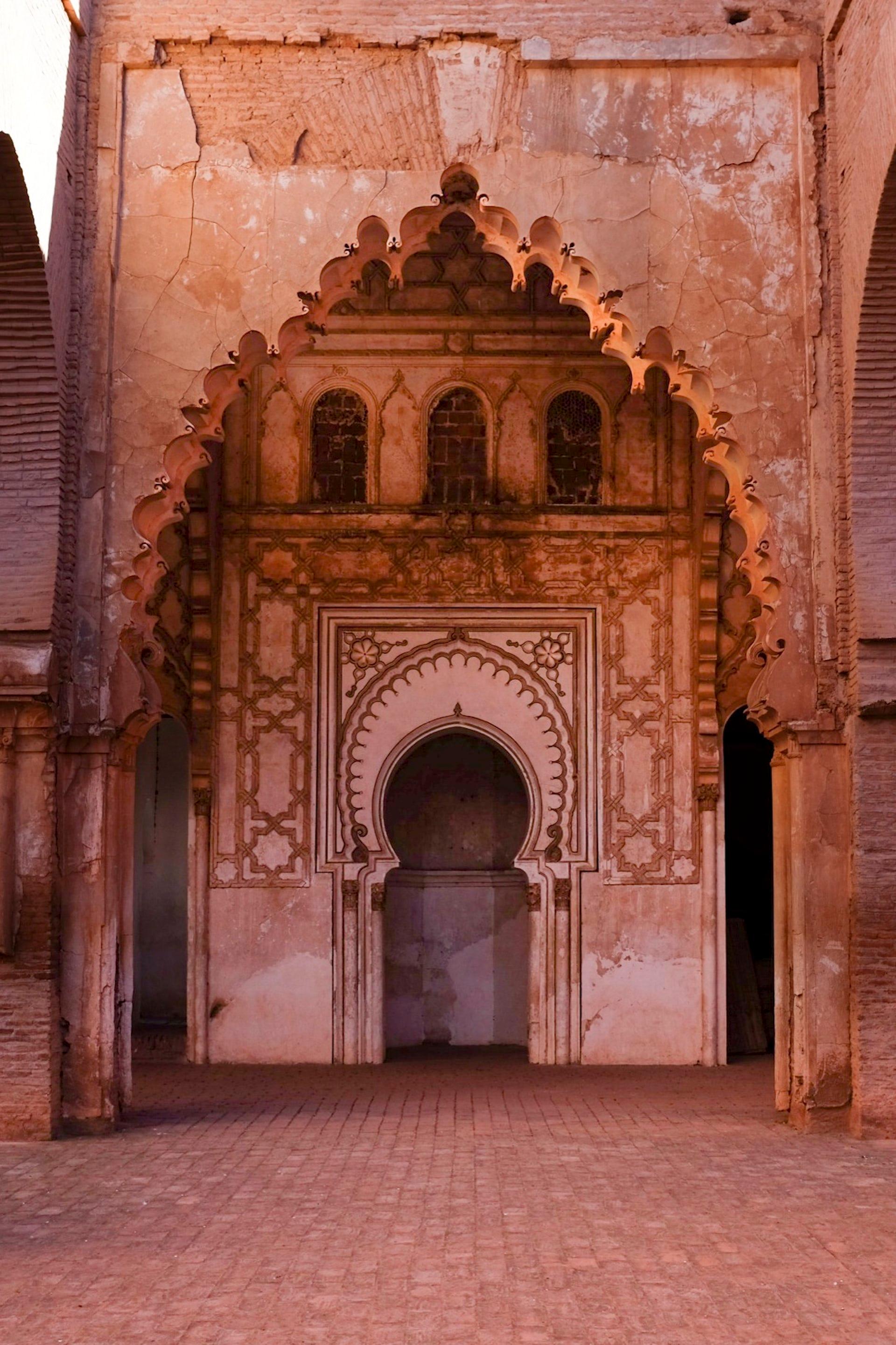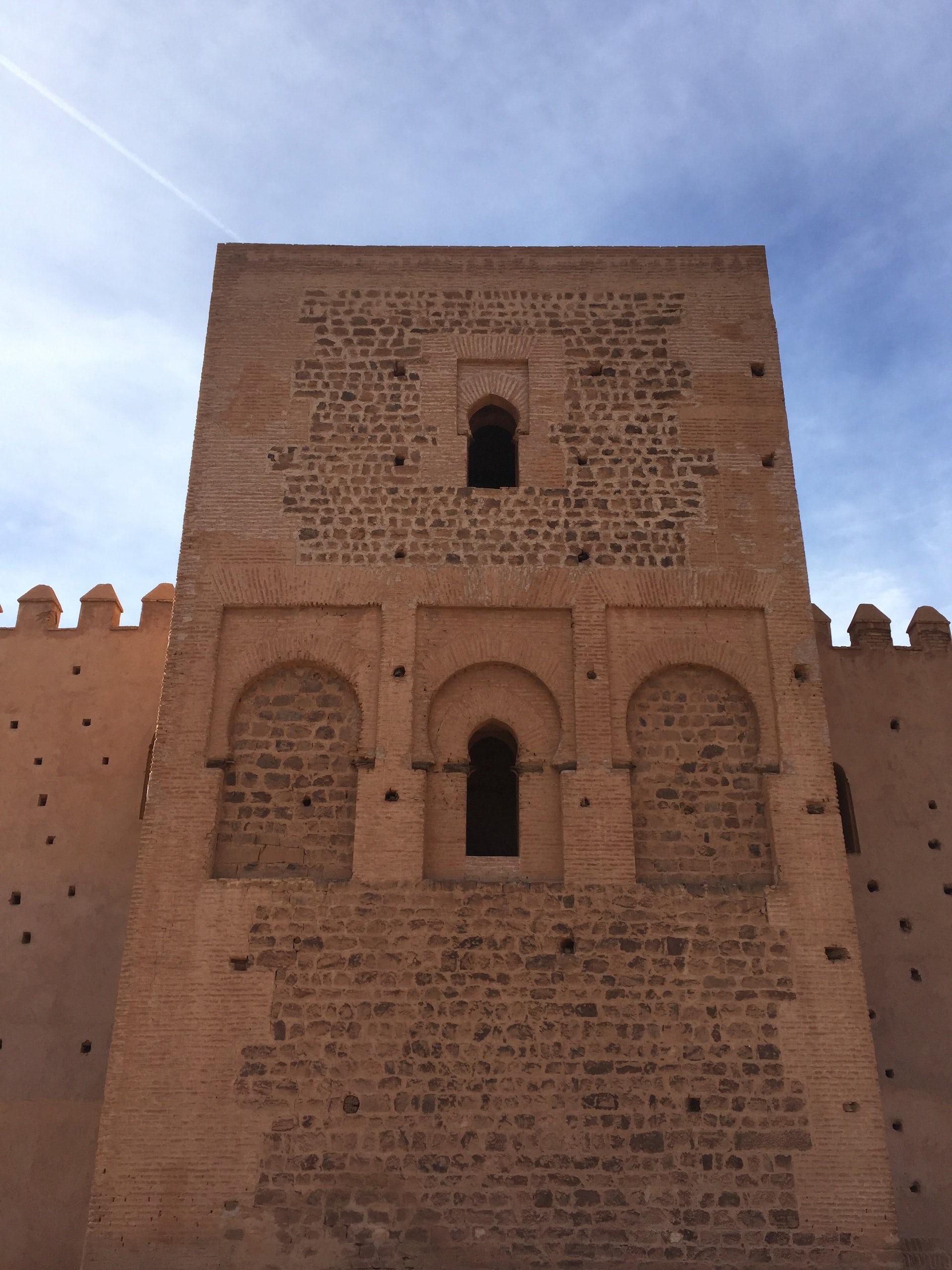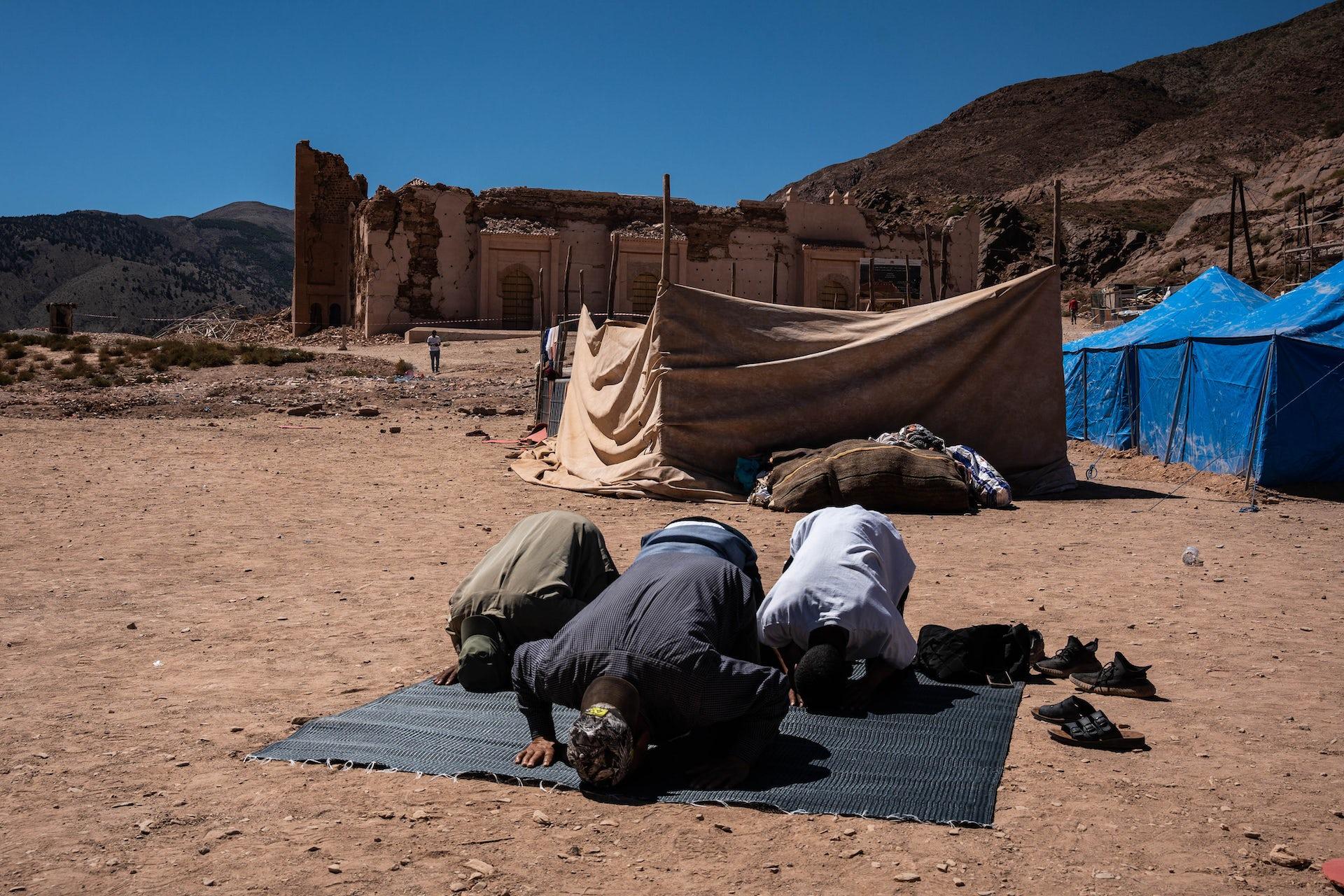Tinmel — Morocco’s medieval shrine and mosque — is one of the historic casualties of the earthquake
The damage from the earthquake that struck Morocco on Sept. 8, 2023, is still being assessed. Moroccans are grappling not just with the loss of thousands of lives, but also with the widespread destruction of their cultural heritage and historical sites.
Among them is a 12th-century mosque in the village of Tinmel, about 4 miles from the epicenter of the quake that flattened many of the villages in the Atlas Mountains.
The mosque at Tinmel was originally built to commemorate the figure of Ibn Tumart, founder of the Almohad movement that ruled an empire stretching from Mali to Spain from 1147 to 1269. Ibn Tumart was a Muslim reformist who advocated for greater accessibility and clarity in Islamic law and scripture. The Atlas tribes spoke little Arabic and lived in remote villages, so Ibn Tumart translated the Quran into the vernacular and issued the call to prayer in the local Berber dialect.
After Ibn Tumart’s death, his tomb at Tinmel became a shrine, marked by a simple whitewashed dome in front of the mosque. Under the Almohads, Ibn Tumart was venerated as a saint, and the early Almohad caliphs were also buried alongside him, turning Tinmel into a potent site of spiritual and social memory.
As an architectural historian who specializes in medieval Morocco, I have spent many years visiting and researching Tinmel. For nearly 900 years, Tinmel was central to a distinctly Moroccan Islamic tradition, but the events of the past week have thrown its future into doubt.
Unusual architecture
Built in 1148 by Ibn Tumart’s successor, Abd al-Muʾmin, the mosque embodied the core principles of Almohad architecture. A rectangular prayer hall was supported by plaster-coated piers, while a façade of geometric ornamentation emphasized the niche that indicated the direction of prayer, the mihrab.

But the mosque’s most unusual element was its minaret, which wrapped around the exterior of the mihrab. A staircase behind the niche led to the upper story of the structure, where the call to prayer could be issued out over the valley.
Historically, minarets were never constructed in conjunction with the mihrab, but off to the side or opposite the mihrab. Tinmel’s minaret was thus both unique and innovative.
Positioned on a steep hillside, with the mihrab and the minaret both facing the slope down toward the seasonal stream known as the Wadi N’Fiss, the mosque and its shrine looked larger and more monumental than their physical size suggested.
A center for religious study
After the collapse of the Almohad dynasty, Tinmel fell under the administration of the provincial sheikhs who governed the Atlas territories.
When the Almohads’ competitors, the Marinids, succeeded in replacing the dynasty to rule much of Morocco between 1244 and 1465, they systematically demolished many of the Almohads’ most precious sites, including Tinmel. They sent soldiers to ransack the village and the shrine, though the mosque itself was left standing.
There is no architectural evidence to suggest precisely where Ibn Tumart’s tomb and those of the Almohad caliphs were located. Scholars continue to debate how the shrine, the dynasty tombs and the mosque may have fit together as a complex for pilgrims.
But despite Tinmel’s deterioration after the Almohads fell from power, the site remained a powerful place in Moroccan Islam. Ritual recitations of the Quran were still being carried out twice a day in the 14th century, and pilgrims continued to visit the site for another 200 years.
The site remained a center for religious study where men from the Atlas villages could gather and learn about the Quran and the hadith, which are stories of Muhammad’s life and actions.

By the 20th century, the mosque had fallen into disrepair as a result of neglect and political instability in the Atlas Mountains.
An archaeological survey of the site and advocacy from local historians inspired a 1995 restoration under the aegis of Morocco’s Ministry of Culture. The site was a tentative place on the UNESCO World Heritage list, pending a full application from the Moroccan government.
The mosque’s plaster ornaments were conserved and the prayer hall’s brick piers reinforced, although the roof remained open to the sky — the original roof, likely wooden, had long since deteriorated.
Earlier this year, more renovations began with the hopes of adding a museum that could help contextualize Tinmel within the larger scope of Moroccan history and welcome more visitors.
The earthquake on Sept. 8 has set this project back indefinitely. Five of the workers at the site — all local to the region — died in the disaster, and the site was further damaged. Although the Moroccan government has committed to rebuilding the mosque, the details of how this will be accomplished and funded are unclear.![]()
Abbey Stockstill is an assistant professor of art history at the Southern Methodist University. This article is republished from The Conversation, a nonprofit, independent news organization dedicated to unlocking the knowledge of experts for the public good.
Our coverage reaches millions each week, but only a small fraction of listeners contribute to sustain our program. We still need 224 more people to donate $100 or $10/monthly to unlock our $67,000 match. Will you help us get there today?
